With a fruity, slightly thick aroma, golden or greenish yellow in colour, bitter, spicy or sweeter, mild or intense. This is Portuguese olive oil.
In a country so strongly influenced by a Mediterranean climate, the olive tree has been a feature on the Portuguese landscape since time immemorial. The quality of the soil and the climatic variations determine the varieties of the olives and consequently the quality and diversity of the olive oils produced.
You can therefore set out to discover each of the six regions with Protected Designation of Origin in the production of olive oil, such an essential ingredient in Portuguese cuisine: Trás-os-Montes, Beira Interior, Ribatejo, Moura, Alentejo Interior and Norte Alentejano.
In Trás-os-Montes, in the far northeastern region of Porto and North of Portugal, olive cultivation and olive oil production are concentrated mostly in the so called "Terra Quente" (Hot Land), which extends through the municipalities of Valpaços, Mirandela, Macedo de Cavaleiros, Vimioso, Izeda (Bragança) Murça, Alijó, Alfândega da Fé, Mogadouro, Vila Flor, Carrazeda de Ansiães, Tabuaço, Torre de Moncorvo, Vila Nova de Foz Côa and Freixo de Espada à Cinta. After the Alentejo, this is the region that produces the most olive oil in Portugal, in a land made of mountains and schist plateaux, which is harsh but has great beauty, such as in the valleys where scenic rivers, such as the Douro, flow.
With a fruity, slightly thick aroma, golden or greenish yellow in colour, bitter, spicy or sweeter, mild or intense. This is Portuguese olive oil.
In a country so strongly influenced by a Mediterranean climate, the olive tree has been a feature on the Portuguese landscape since time immemorial. The quality of the soil and the climatic variations determine the varieties of the olives and consequently the quality and diversity of the olive oils produced.
You can therefore set out to discover each of the six regions with Protected Designation of Origin in the production of olive oil, such an essential ingredient in Portuguese cuisine: Trás-os-Montes, Beira Interior, Ribatejo, Moura, Alentejo Interior and Norte Alentejano.
In Trás-os-Montes, in the far northeastern region of Porto and North of Portugal, olive cultivation and olive oil production are concentrated mostly in the so called "Terra Quente" (Hot Land), which extends through the municipalities of Valpaços, Mirandela, Macedo de Cavaleiros, Vimioso, Izeda (Bragança) Murça, Alijó, Alfândega da Fé, Mogadouro, Vila Flor, Carrazeda de Ansiães, Tabuaço, Torre de Moncorvo, Vila Nova de Foz Côa and Freixo de Espada à Cinta. After the Alentejo, this is the region that produces the most olive oil in Portugal, in a land made of mountains and schist plateaux, which is harsh but has great beauty, such as in the valleys where scenic rivers, such as the Douro, flow.
Adjacent to this area and bordering the Douro to the south, is Beira Interior, which includes olive oils from Beira Alta and Beira Baixa. In Centro de Portugal, the region is marked by great contrasts in its landscape and comprises a total of 24 municipalities where essentially traditional olive groves fill the hillsides and the riverbanks, such as those of the Tagus and its tributaries. To the north is a mountainous landscape that softens as you move south to find, on the southern boundary, a landscape of large estates, where the olive groves confine with cork oak fields. In this region you can visit the Olive Oil Museum in Belmonte and, near Idanha-a-Nova, the Olive Oil Museum Centre – a Complex of Lagares (Oil Presses) in Proença-a-Velha, refurbished by the Centro Cultural Raiano of Idanha-a-Nova. In Idanha-a-Velha itself, an historic village where you can find olive trees that are centuries old, you must visit the interesting Lagar de Varas, refurbished by the same Centro Cultural Raiano.
Following the course of the Tagus towards Lisbon, you arrive in Ribatejo, another DOP Olive Oil production region, which includes cities like Abrantes, Santarém, Torres Novas and Tomar. In the latter, whose Castle and Convent of Christ are classified as World Heritage by UNESCO, the old Lagares d'el Rei (King’s Oil Presses) are in the process of being made into a museum. These date back to the 12th and 13th centuries, a time when the city was the seat of the Knights Templar.
Further south, you come to the Alentejo, the largest area of olive oil production in Portugal, where you can see traditional, semi-intensive and intensive methods of olive tree cultivation, with three brands of DOP Oil. North Alentejo covers a broad area extending from Portalegre to Reguengos de Monsaraz; the Moura olive oils from the productions of Moura, Serpa and Vila Verde de Ficalho; and finally Alentejo Interior, which comprises the municipalities of Portel, Vidigueira and Torrão. In Moura, it’s essential to visit the Olive Oil Museum - Lagar de Varas do Fojo, from the 19th century, and in Campo Maior, the Viscount d’Olivã Palace Museum and Lagar. The Alentejo is a region of vast horizons, a powerful land of plains of cork oak and olive trees as far as the eye can see. It is a region where you can also find the preserved Olives of Elvas and Campo Maior, high quality table olives that also have DOP certification.
After covering some or all of these regions, including the Algarve, which also has DOP olive oils, you will get to know the different varieties of Portuguese olive oil, as well as the great diversity of landscapes, heritage and experiences that the country offers, always within walking distance. The most modern techniques of planting of olive groves are evident, and the many oil presses that can be visited demonstrate the most advanced manufacturing technology and the high quality of olive oil produced in Portugal is just a tasting away.
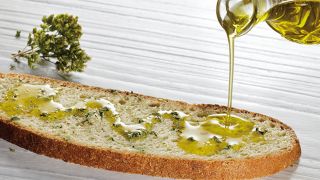


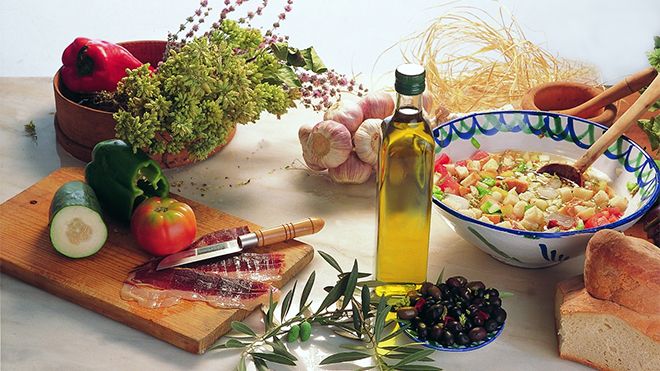




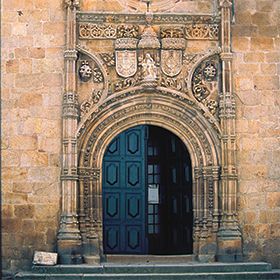
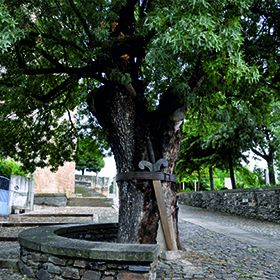

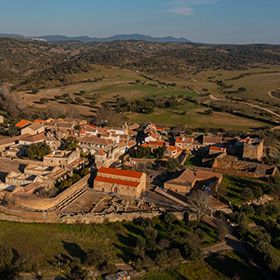
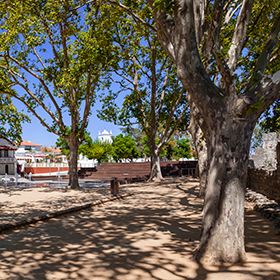

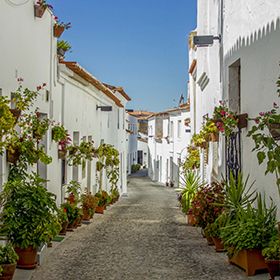

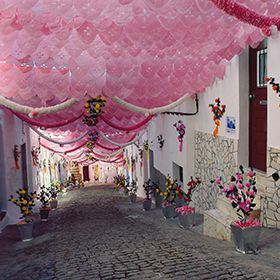
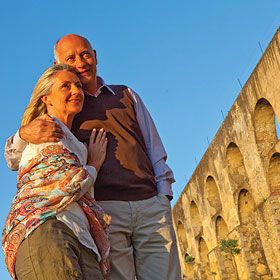



 Explore
Explore 
 Remember and Share
Remember and Share 


